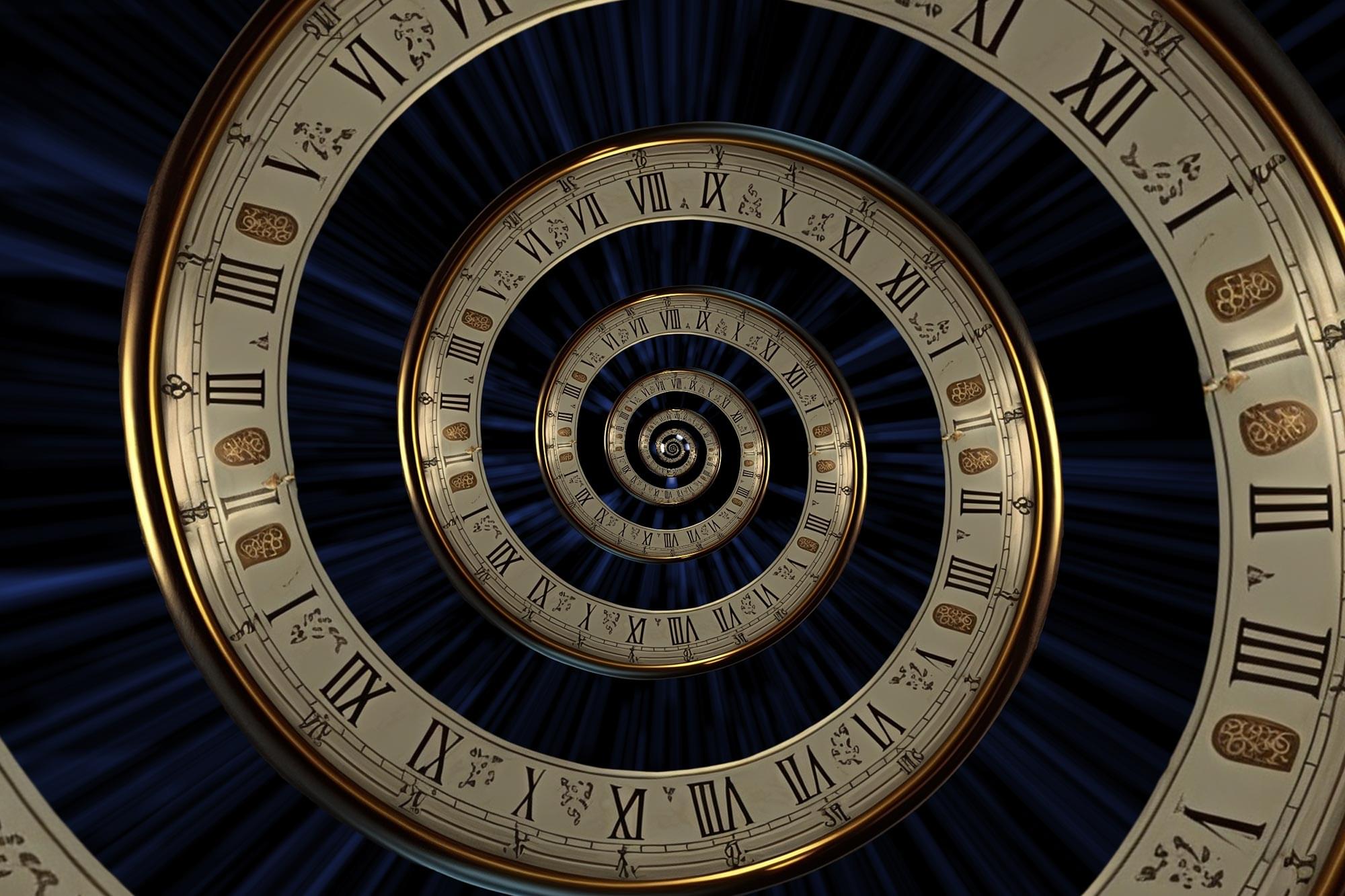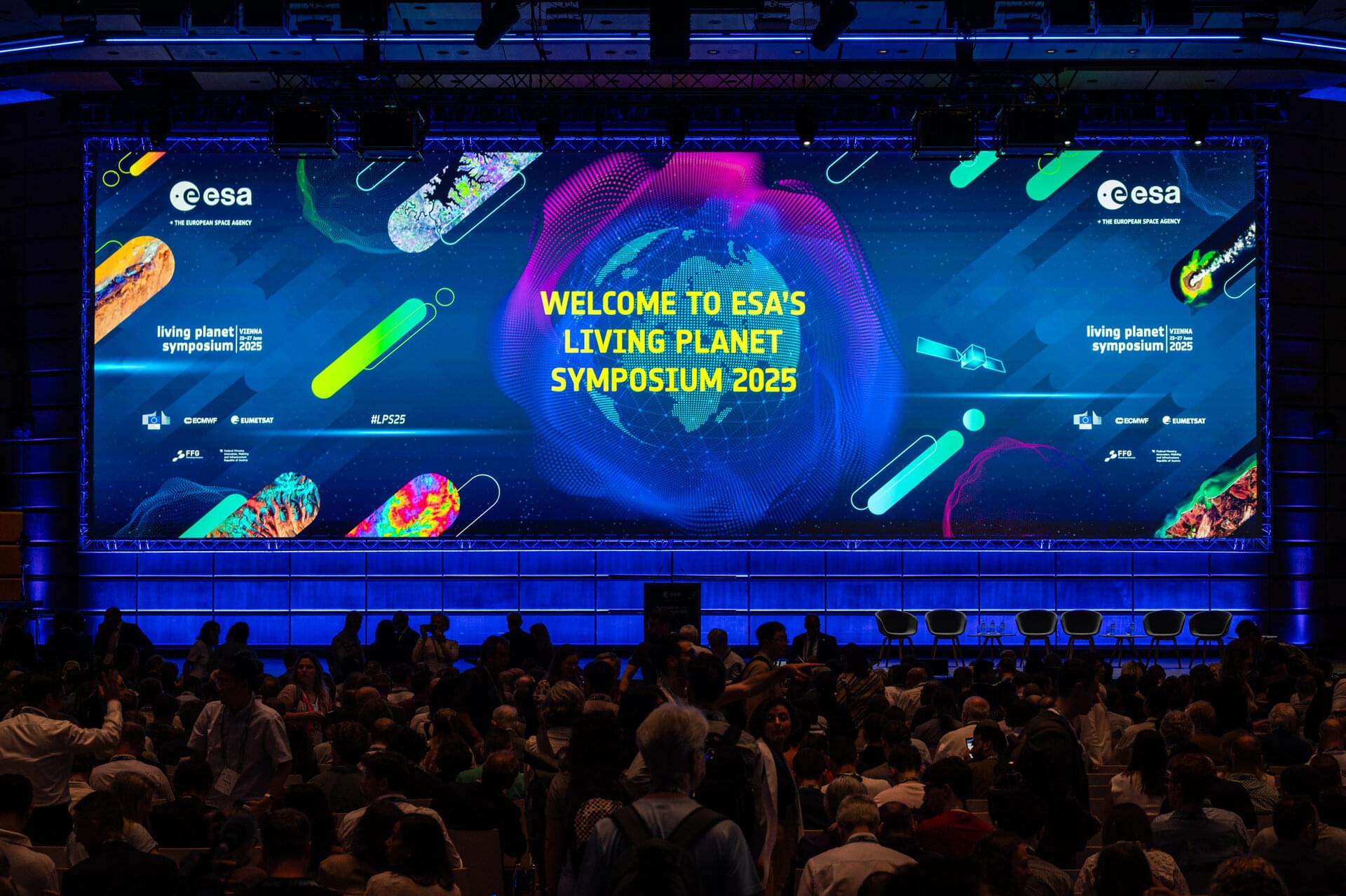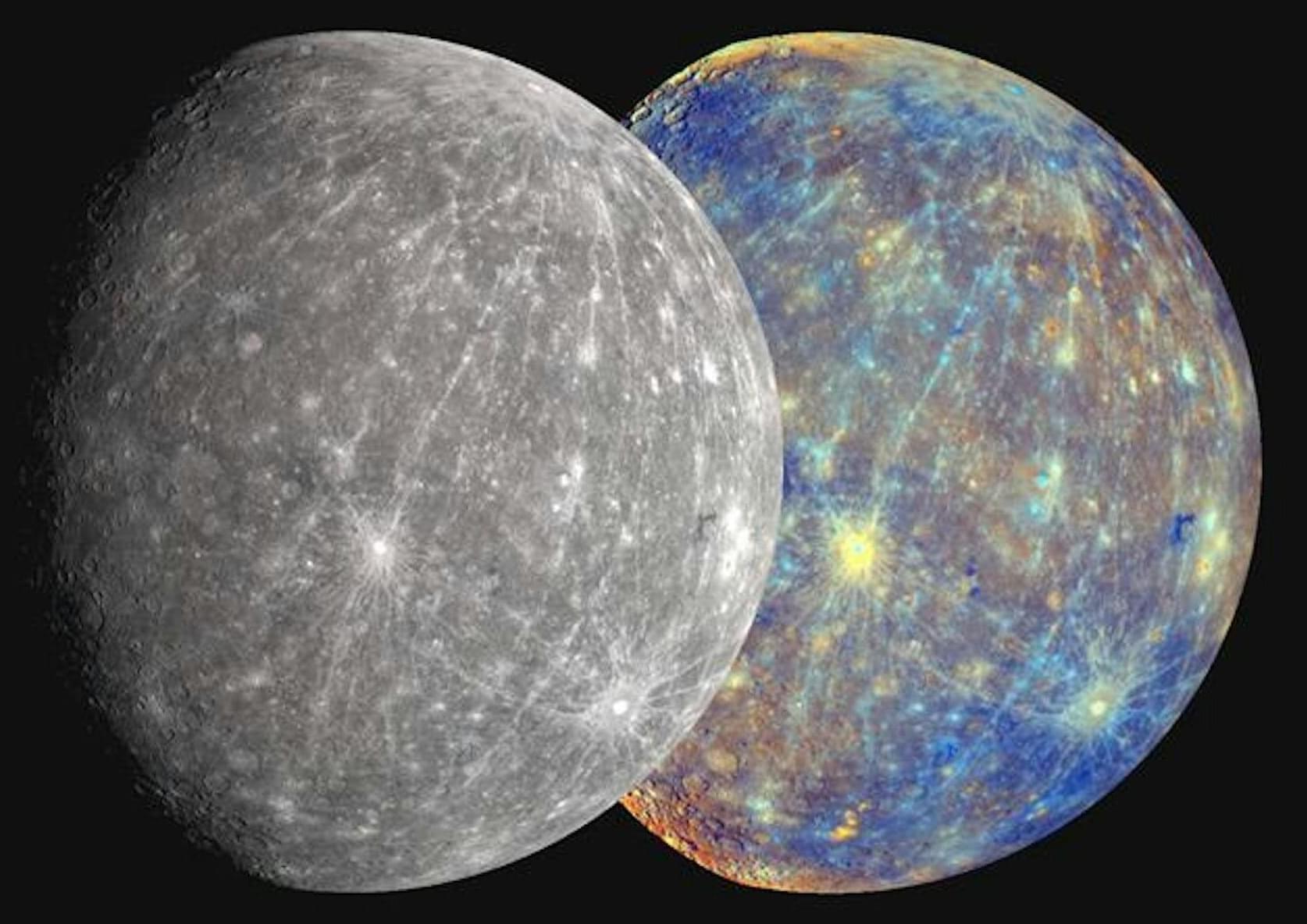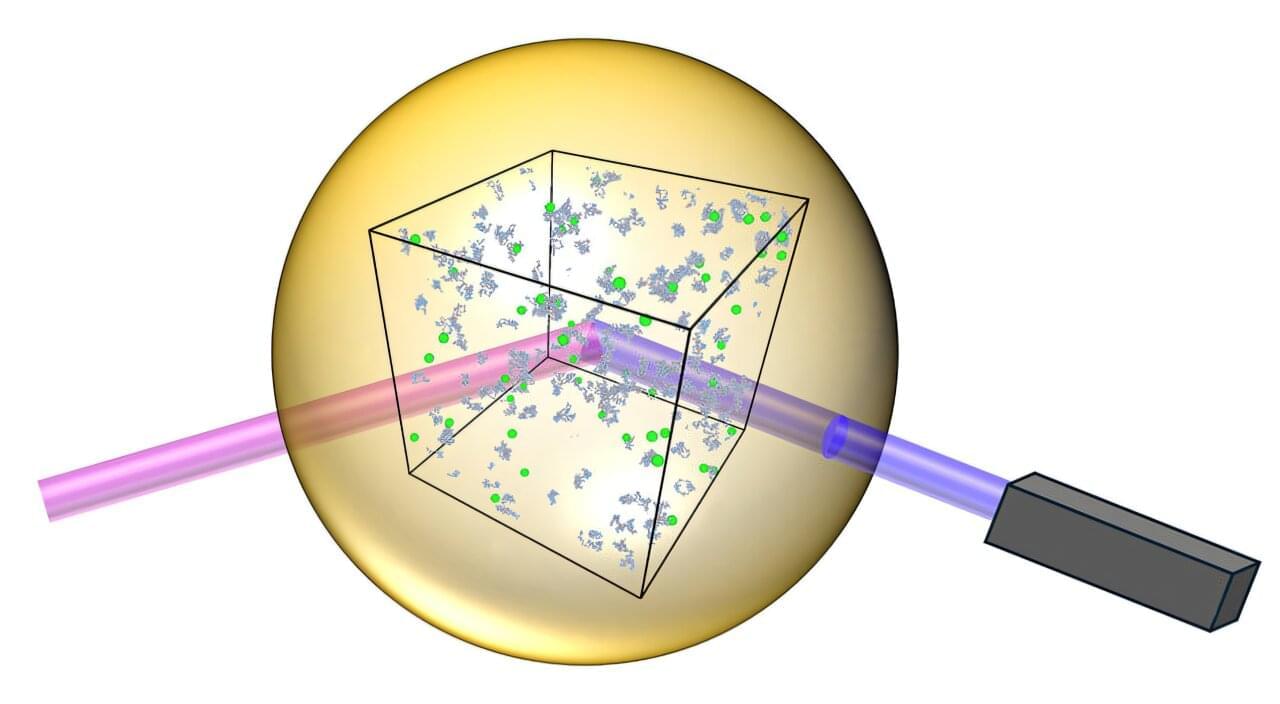Three intertwined time directions may underpin everything, turning space into mere “paint on the canvas” and pushing physics toward a long-sought theory of everything.


The problem concerns the mathematical properties of solutions to the Navier–Stokes equations, a system of partial differential equations that describe the motion of a fluid in space. Solutions to the Navier–Stokes equations are used in many practical applications. However, theoretical understanding of the solutions to these equations is incomplete. In particular, solutions of the Navier–Stokes equations often include turbulence, which remains one of the greatest unsolved problems in physics, despite its immense importance in science and engineering.

ESA’s Living Planet Symposium, one of the world’s leading Earth observation conferences, opened today in Vienna.
More than 6,500 participants from almost 120 countries signed up to attend the event. With more than 4,200 scientific presentations and posters, the symposium provides a forum and meeting point for scientists, academics and space industry representatives, as well as students and citizens.
The event takes place every three years and this year the focus is ‘from observation to climate action and sustainability for Earth’


Most meteorites that have reached Earth come from the asteroid belt between Mars and Jupiter. But we have 1,000 or so meteorites that come from the moon and Mars. This is probably a result of asteroids hitting their surfaces and ejecting material toward our planet.
It should also be physically possible for such debris to reach the Earth from Mercury, another nearby rocky body. But so far, none have been confirmed to come from there—presenting a longstanding mystery.
A new study that my colleagues and I conducted has discovered two meteorites that could have a Mercurian origin. If confirmed, they would offer a rare window into Mercury’s formation and evolution, potentially reshaping our understanding of the planet nearest the sun. Our work is published in the journal Icarus.

It can be found inside gas giants such as Jupiter and is briefly created during meteorite impacts or in laser fusion experiments: warm dense matter. This exotic state of matter combines features of solid, liquid and gaseous phases. Until now, simulating warm dense matter accurately has been considered a major challenge.
An international team led by researchers from the Center for Advanced Systems Understanding (CASUS) at the Helmholtz-Zentrum Dresden-Rossendorf (HZDR) in Germany and Lawrence Livermore National Laboratory (LLNL) has succeeded in describing this state of matter much more accurately than before using a new computational method. The approach could advance laser fusion and help in the synthesis of new high-tech materials.
The team presents its results in the journal Nature Communications.
Greg Egan’s Diaspora is one of the most ambitious and mind-bending science fiction novels ever published. It came out in 1997 and originally started as a short story called “Wang’s Carpets.” That story ended up as a chapter in the novel. Diaspora is: dense, smart, and way ahead of its time.
This is hard science fiction to the core. Egan invents entire new branches of physics. He reimagines life, consciousness, time, space — even what it means to be human. The book doesn’t ease you in. There’s a glossary, invented physics theories like Kozuch Theory, and characters that don’t even have genders. But if you stick with it, what you get isn’t just a story, it’s a look at what the future might actually become.
By the year 2,975, humanity isn’t one species anymore. It’s split into three groups: Fleshers: The biological humans, including the “statics” (unchanged baseline humans) and all sorts of heavily modified versions — underwater people, gene-hacked thinkers, even “dream apes” who gave up speech to live closer to nature. Gleisners: AIs in robotic bodies that live in space. They care about the physical world and experience time like regular humans. They’re kind of old-school — still sending ships to the stars, trying to build things in real space. Citizens: These are digital minds that live entirely in simulated worlds called polises.
👽 Please consider supporting this channel on Patreon: / ideasoficeandfire.
or PAYPAL — https://paypal.me/QuinnsIdeas?locale… 🎨 Art: Adobe Licensed. 🎵 Music: / @jamezdahlmusic 📚 Get These Books! Affiliate link* https://amzn.to/3HSixNx Quinn’s Discord:
/ discord FOLLOW QUINN ON TWITTER: Twitter:
/ ideasofice_fire I NOW HAVE A SUBREDDIT:
/ ideasoficeandfire Quinn’s New Graphic Novel: https://www.quinnhoward.net/theliebeh… Quinn’s Comic Books: https://www.quinnhoward.net/shop Quinn’s Website: https://www.quinnhoward.net Like me on Facebook!:
/ ioiaf 🎥 Mentioned Videos 🎬 Other Playlist Three-Body Playlist:
• Three Body Problem H.P. Lovecraft Playlist:
• LOVECRAFT Hyperion Playlist:
• Hyperion Dune Playlist:
• Dune Lore Explained Foundation Playlist:
• Isaac Asimov Feel free to leave a comment like and subscribe! Thanks For Watching!.
🎨 Art: Adobe Licensed.
🎵 Music: / @jamezdahlmusic.
📚 Get These Books! Affiliate link*
https://amzn.to/3HSixNx.
Quinn’s Discord: / discord.
FOLLOW QUINN ON TWITTER: Twitter: / ideasofice_fire.
I NOW HAVE A SUBREDDIT: / ideasoficeandfire.
Quinn’s New Graphic Novel: https://www.quinnhoward.net/theliebeh…
Buy Quinn’s Comic Books: https://www.quinnhoward.net/shop.
Quinn’s Website: https://www.quinnhoward.net.
Like me on Facebook!: / ioiaf.
🎥 Mentioned Videos.


Like Earth, Mars is surrounded by an ionosphere—the part of its upper atmosphere where radiation from the sun knocks electrons off of atoms and molecules, creating charged particles. The Martian ionosphere is complex and continuously changes over the course of the day, but its role in atmospheric dynamics and radio communication signals means understanding it is key for Mars exploration.
One way to study the Martian ionosphere is with radio occultation, in which a spacecraft orbiting Mars sends a radio signal to a receiver on Earth. When it skims across the Martian ionosphere, the signal bends slightly. Researchers can measure this refraction to learn about Martian ionospheric properties such as electron density and temperature. However, the relative positions of Mars, Earth, and the sun mean conventional radio occultation cannot measure the middle of the Martian day.
Now, in an article published in the Journal of Geophysical Research: Planets, Jacob Parrot and colleagues deepen our understanding of the Martian ionosphere using an approach called mutual radio occultation, in which the radio signal is sent not from an orbiter to Earth but between two Mars orbiters. As one orbiter rises or sets behind Mars from the other’s perspective, the signal passes through the ionosphere and refracts according to the ionosphere’s properties.

WASHINGTON — The Exploration Company said it achieved “partial success” on a test flight of a reentry capsule but lost the spacecraft before it splashed down.
The company launched Mission Possible, a 1.6-ton reentry capsule, on SpaceX’s Transporter-14 rideshare mission. The Falcon 9 carrying Mission Possible and the other rideshare payloads lifted off at 5:25 p.m. Eastern June 23 from Vandenberg Space Force Base in California.
Mission Possible was the last payload scheduled to be deployed on Transporter-14, about two hours and 45 minutes after liftoff. The capsule would then perform a controlled reentry and splashdown in the north Pacific Ocean and then be recovered by a ship.